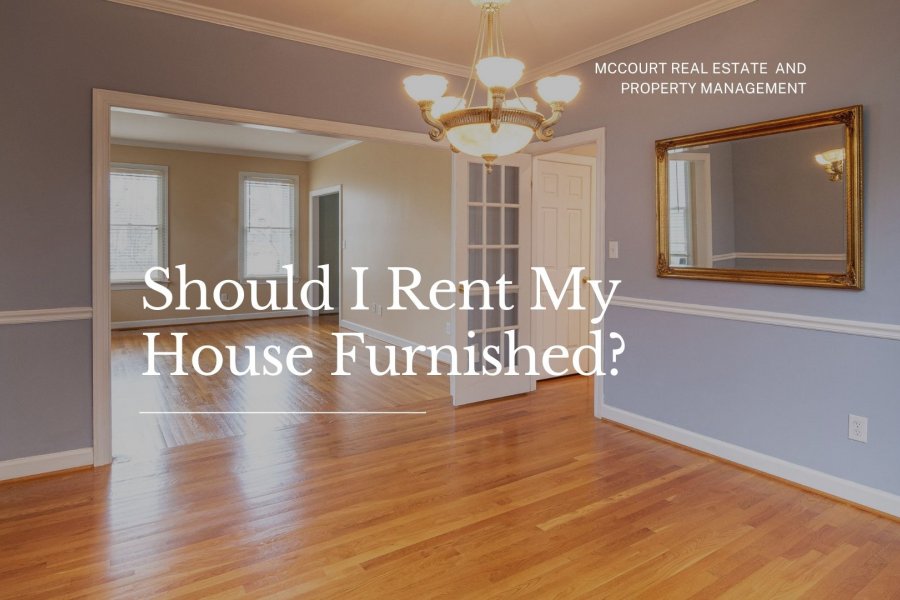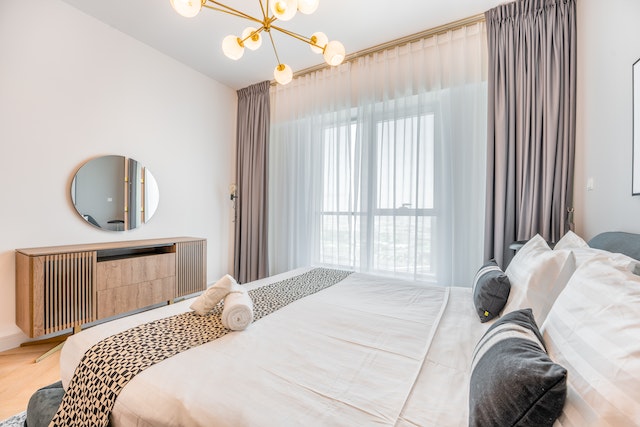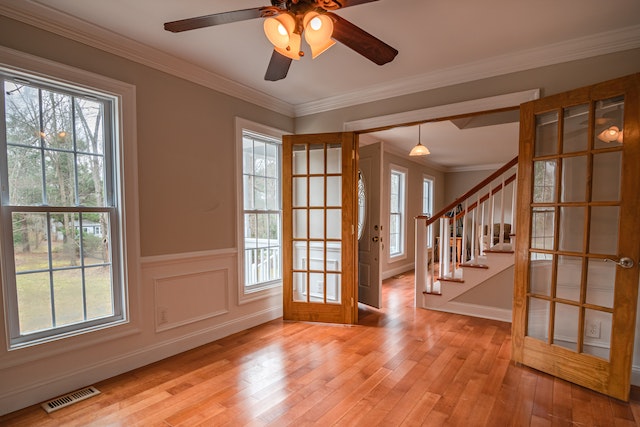
Are you contemplating whether to rent out your house furnished or unfurnished? This decision can significantly impact your rental income and the kind of tenants you attract. In this article, we’ll go over the pros and cons of offering a furnished rental property.
We aim to provide a comprehensive understanding that will empower you, the landlord, to make an informed choice. From potential rental income and maintenance costs to the type of tenants you might attract, we've got it all covered.
So, let's explore together if furnishing your rental property in Midland, TX, is the right move for you!
Is Renting a Furnished Property Worth It?
Deciding to furnish an apartment before renting it out hinges on various factors. Furnished apartments or homes can often mean higher rent, which could lead to increased revenue.
Some costs associated with furnishing may be tax-deductible, although it's wise to consult a tax professional. However, the flip side includes higher maintenance and replacement costs due to wear and tear, along with additional liability concerns.
The demand for furnished properties can vary significantly based on local market conditions. While furnished units may be more suited for short-term rentals, they require more management and upkeep. We ultimately wouldn’t recommend renting out a furnished property in a market like Midland's.

What Does a Furnished Apartment Mean for a Landlord?
A furnished apartment indeed comes with the basic amenities and furniture that make it ready for immediate occupancy. The extent of furnishing can vary widely based on the landlord's preferences and the expectations of the target tenant market. Here's a general breakdown of what a furnished apartment entails, room by room:
- Kitchen: Essential appliances like a stove, oven, and refrigerator are typically provided. Small appliances such as a microwave, coffee maker, and toaster are also common.
- Bedroom: A bed along with some storage furniture like a dresser and a nightstand are standard. Some landlords also provide basic bedding and linens.
- Living Room: Basic seating like a sofa, a coffee table, and an end table are common, with a television often included as well.
- Bathroom: Basic amenities like a shower curtain and a floor mat are usually provided, and sometimes landlords include essential toiletries as a welcoming gesture.
- Dining Area: A dining table and chairs are provided, which may be situated in the kitchen in the absence of a separate dining area.
The above list constitutes a basic furnished apartment. However, some landlords choose to provide additional amenities to make their property more attractive and comfortable.

Drawbacks of Furnished Apartments for Landlords
While furnished apartments can offer several advantages, they also come with a set of disadvantages that landlords should consider:
Initial Investment
Although you may be able to benefit from a couple of tax deductions, furnishing a property requires a significant upfront investment. Purchasing furniture, appliances, and other amenities can be costly, and it may take some time before the higher rental income compensates for these initial expenses.
Maintenance and Replacement Costs
Furnished apartments come with higher maintenance costs. Furniture and appliances will wear out over time or may get damaged, requiring repairs or replacements. This ongoing maintenance can also be time-consuming.
Higher Insurance Premiums
Insurance premiums are likely to be higher for furnished houses to cover the cost of the furniture and appliances inside. This added cost can reduce the additional rental income generated from furnishing the apartment.
Potential for More Damage
While the risk of damage during move-ins and move-outs may be reduced, the provided furnishings are subject to wear and tear and potential misuse by tenants, leading to additional repair or replacement costs.

What to Choose
To make it easier for you to decide whether you should rent your house furnished or not, we have made a table so that you can choose based on different situations.
- Long-distance landlord? Unfurnished: Furnishing remotely can be challenging and costly
- Low budget? Unfurnished: Lower upfront costs and maintenance expenses.
- Living in a high-demand area? Furnished. Furnished rentals may fill up faster and command higher rent in high-demand areas.
- Living in low-demand areas? Unfurnished. In low-demand regions, the cost of furnishing may not be recouped through higher rent.
- Vacation rental? Furnished. Vacationers require furnished places, making furnished rentals more lucrative if you have a property in a vacation area.
Conclusion
Deciding whether to rent your house furnished hinges on various factors, including your budget, the local market demand, and the type of tenants you aim to attract.
Furnishing can elevate the appeal of your property, potentially fetching higher rental income, yet it comes with its own challenges and costs. If you’re hoping to attract long-term tenants in the Midland market, renting an unfurnished unit is what makes the most sense.
McCourt Real Estate & Property Management offers a range of services tailored to make your real estate investment journey smoother and more profitable. Entrusting your property to seasoned professionals can free up your time, optimize your earnings, and ensure your rental meets the market's expectations effortlessly. Get in touch today!